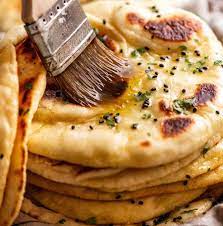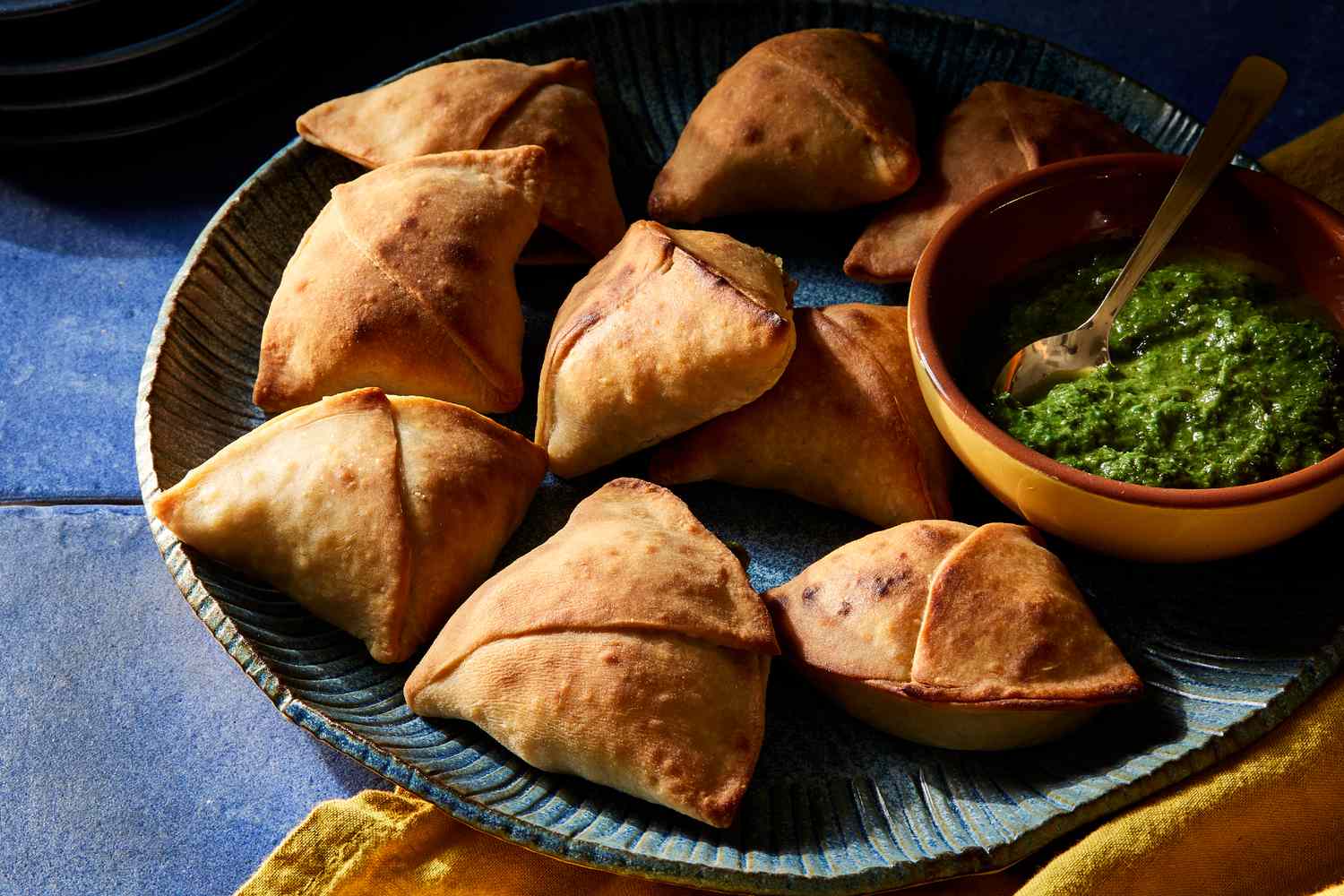
India, a land of diversity and rich culture, is renowned for its vibrant and aromatic cuisine. With a culinary history that spans millennia, Indian food is a celebration of bold flavors, intricate spices, and a tapestry of regional traditions. In this guide to Indian cuisine, we'll delve into the essence of Indian cooking, the significance of spices, the magic of curry and masala, and some beloved traditional Indian recipes.
Spices in Indian Cuisine: The Heart of Every Dish
Indian cuisine is synonymous with its plethora of spices. These spices aren't just about adding heat; they're about creating layers of flavor, offering medicinal benefits, and infusing dishes with captivating aromas. Essential herbs like turmeric (known for its anti-inflammatory properties), cardamom, cloves, and cumin are the foundation of many Indian dishes.
For example, a tadka (tempering) of mustard seeds and curry leaves can elevate a simple lentil soup to a flavorful dal. Fenugreek leaves can transform a bland curry into a fragrant delight. These spices aren't mere ingredients; they are the soul of Indian cooking.
Curry and Masala: A Symphony of Flavors
The term "curry" often conjures images of a thick, spicy sauce, but it represents much more in Indian cuisine. Curry can be diverse—watery, dry, red, green, hot, or mild. It's a broad term for dishes with gravy. "Masala," on the other hand, refers to a blend of spices, which can be dry or in paste form.
For instance, garam masala from the North is a fragrant blend of warming spices like cloves, cinnamon, and cardamom. Panch phoran from Bengal consists of five seeds, each lending its unique flavor. The art lies in using these curries and masalas to create distinct and flavorful dishes.
Traditional Indian Recipes: A Culinary Legacy
India's culinary landscape is a tapestry of regional flavors, with each traditional dish telling a story of its origin. From the creamy butter chicken of Punjab to the tangy fish curries of Kerala, every recipe is a reflection of history, climate, and culture.
Take, for example, biryani—a layered rice dish believed to have Persian origins. Fragrant basmati rice, tender meat, and a blend of spices create a symphony of flavors. Similarly, South India's sambar is a tangy lentil stew enriched with vegetables and tamarind, showcasing the region's love for balanced and nutritious meals.
Regional Diversity: A Gastronomic Journey
India's regional diversity ensures a diverse palette of flavors:
Northern India: Known for tandoori and Mughlai dishes like creamy butter chicken, fluffy naan bread, and robust chole (chickpea curry).
Eastern India: Famous for fish curries, rice dishes, and sweets like rasgulla and sandesh.
Southern India: Home to dosas, vadas, and tangy tamarind rice. Coconut and tamarind flavors dominate.
Western India: From the fiery curries of Rajasthan to the poha of Madhya Pradesh and the seafood delights of Goa, Western India offers a mix of culinary wonders.
Street Food: A Burst of Flavors
Indian street food is a vibrant reflection of the country's culinary innovation. Each state and city boasts its own signature snack:
Pani Puri: Hollow puris filled with spicy tamarind water, chickpeas, and potatoes.
Vada Pav: Mumbai's iconic spiced potato patty sandwiched in a bun with chutneys.
Kathi Rolls: Skewer-roasted kebabs wrapped in parathas with sauces and salads.
Dhokla: A steamed, fermented rice and chickpea flour cake from Gujarat.
Street food is not just a meal; it's an experience, showcasing India's diverse flavors and culinary ingenuity.
The Vegetarian Delight: Beyond Paneer
India is a paradise for vegetarians, offering a plethora of vegetable-based dishes bursting with flavor:
Baingan Bharta: Roasted and mashed eggplant cooked with onions, tomatoes, and spices.
Bhindi Masala: Okra stir-fried with a blend of spices.
Dal Makhani: A creamy lentil curry made with black lentils and kidney beans.
Aloo Gobi: A delightful dry curry made from potatoes and cauliflower.

These dishes exemplify how Indian cuisine elevates simple ingredients to culinary masterpieces, proving that vegetarian fare can be both nutritious and delicious.
Sweets to End on a Sweet Note
Indian desserts are a celebration of sweetness and flavors:
Gulab Jamun: Deep-fried dough balls soaked in a sugar syrup.
Jalebi: Crispy, fried swirls soaked in syrup.
Kheer: A fragrant rice pudding flavored with cardamom and garnished with nuts.
Halwa: A sweet confection made from ingredients like semolina, lentils, or vegetables like carrots.
Each dessert is a perfect conclusion to a flavorful Indian meal, showcasing the country's love for sweet indulgences.
The Spice Route: A Culinary Journey
The allure of Indian spices attracted foreign invaders and traders, leading to the spice trade and culinary evolution. Dishes like chicken tikka masala, a fusion of Indian and British tastes, are a testament to this culinary journey. Indian cuisine isn't just about age-old traditions; it's about adaptation and evolution over time.
Conclusion: A Symphony of Flavors
This guide offers a glimpse into the vast and diverse world of Indian cuisine. From the intricate use of spices to the myriad interpretations of curry and masala, Indian food is a symphony of flavors waiting to be savored. With every bite, you're not just tasting food; you're experiencing history, culture, and a love for culinary artistry. So, as you embark on your Indian food journey, remember to embrace the spice, savor the flavors, and enjoy the culinary tapestry of India. Bon appétit!

